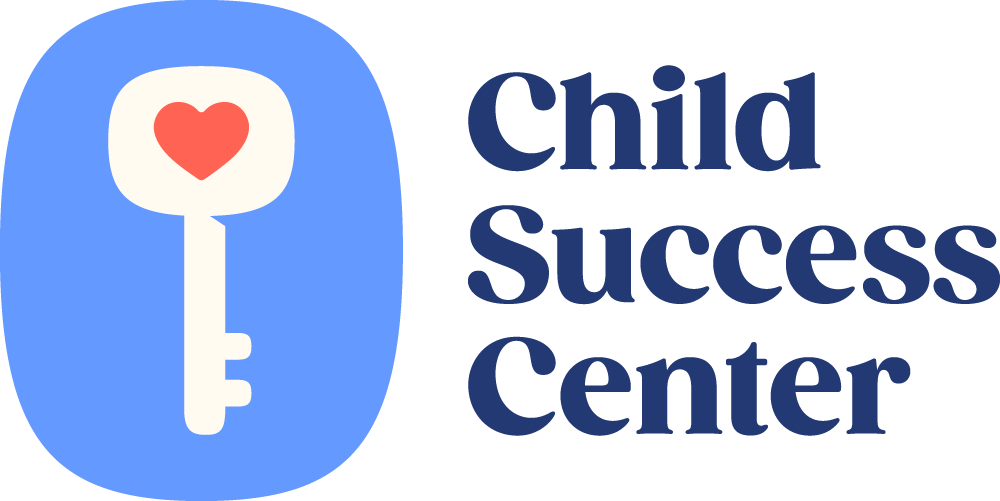Enrichment vs. Early Intervention & Remediation: What You May Not Know
It is a commonly held misconception that children require a diagnosis of autism, Attention Deficit (Hyperactive) Disorder or a medical diagnosis of cerebral palsy to require or benefit from early intervention. All that is required is that a child is struggling functionally in the areas of social emotional development, sensory-motor development, language and communication development, or foundational learning skills/academic development.
We were all children once, and we can all remember the moments when we knew something was hard for us, and we truly struggled. We can also remember the moment that a teacher, coach, doctor, or parent acknowledged the struggle and helped us to learn and grow.
Early intervention is often confused with enrichment programs such as KUMON, Sylvan Learning Centers, and reading programs for four and five year olds. Programs like these are excellent sources of support to help enrich a child’s learning by teaching mastery of academic skills like reading comprehension, math proficiency, and independent learning skills. For children that show an interest and a joy to learn, providing an enriched learning experience at any age is beneficial.
However, therapy is necessary when underlying foundational development and processing skills are challenged. If the child is struggling and/or the parent feels the child needs more exposure to learning, it is important to teach at just the right level safeguarding the emotional well-being of the child and providing successful learning experiences.
If the preschool or elementary school classroom is moving at a fast pace, and a child is processing information at a slower pace, early intervention can be a useful tool to identify the reasons behind this out of sync phenomenon and close the gap.
Early identification and intervention provides therapeutic services to children who struggle with development and learning skills. Early intervention can either remediate existing developmental problems or prevent their progression.
Just because a child is receiving intervention does not mean there is something wrong, it just means the child could benefit from additional support to make learning and life easier, more accessible, and to safeguard self-esteem.
It is also important to remember that no singular skill on its own warrants intervention and therapy. We realize that learning issues aren’t often expressed singularly. The model of “the learning tree” enables students, parents and teachers to understand the interconnections among the necessary components for effective learning.
This whole child approach and an understanding of the interconnections between processing skills, motor skills, language development, and learning is what therapists working as a team offer. When the brain has trouble processing information and struggles, deficits materialize in motor, social and language skills. Occupational, speech and language, and educational therapists understand the importance of approaching a child’s learning and development from a holistic perspective.
Most important to remember is that you are your child’s best advocate, so don’t be afraid to ask for help. Providing parents and teachers and all who care for our children with information to advocate for the individual child’s development and learning is vital. We can all work together to help support the children in our community

